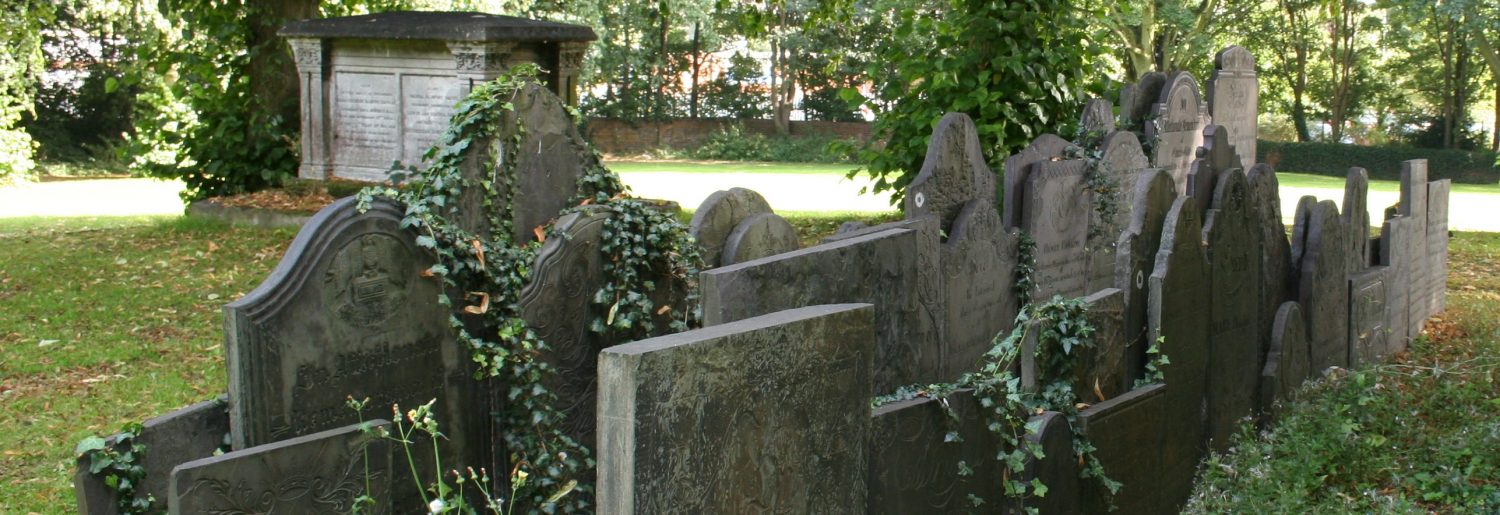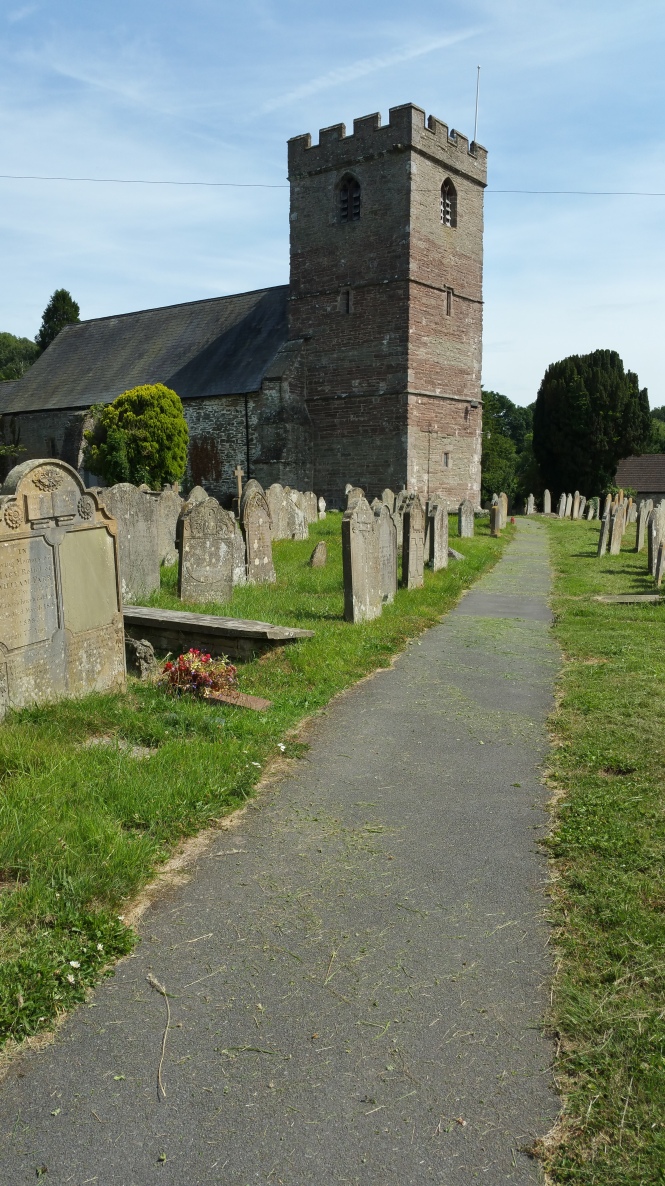Dore Abbey, one of only two former Cistercian Abbeys still used as a parish church in England (the other is Holme Cultram, or Abbey Town in Cumberland, according to Pevsner’s book on Herefordshire), was the first on the list of churches that I visited on 17th July 2017. The Abbey suffered the usual dissolution on March 1, 1537, being bought primarily by John Scudamore. It was his great-great-grandson, John Viscount Scudamore who restored the church in 1632-33. What remains today is what was the presbytery, crossing and transepts (the nave has largely gone), although ruins around the church allow the visitor, with the help of the guidebook and map, to work out what would have been where. Scudamore was a friend of William Laud, Archbishop of Canterbury, and the church was rebuilt in ‘Laudian’ style. As such, it was one of the first to go onto my list of churches to visit in Herefordshire. My visit was primarily focused on the seventeenth century elements (as that is where my PhD is focused) but archaeological digs took place around the church either side of the turn of the 20th century and the items dug up then have been placed inside the church and are available to view by visitors. I also took photographs of some of the other, non-seventeenth-century elements. The remainder of this blog is focused on a few of the photographs that I took that day, with some explanatory text beneath each one.
If you’d like to visit Dore Abbey, or would like more information, then their website can be found here, or a website on the churches of Herefordshire can be found here.

The church, seen from the main path leading down from the road. This was not the original, pre-reformation approach to the church but has been put in later, after the 1632-33 restoration.
Continue reading →



